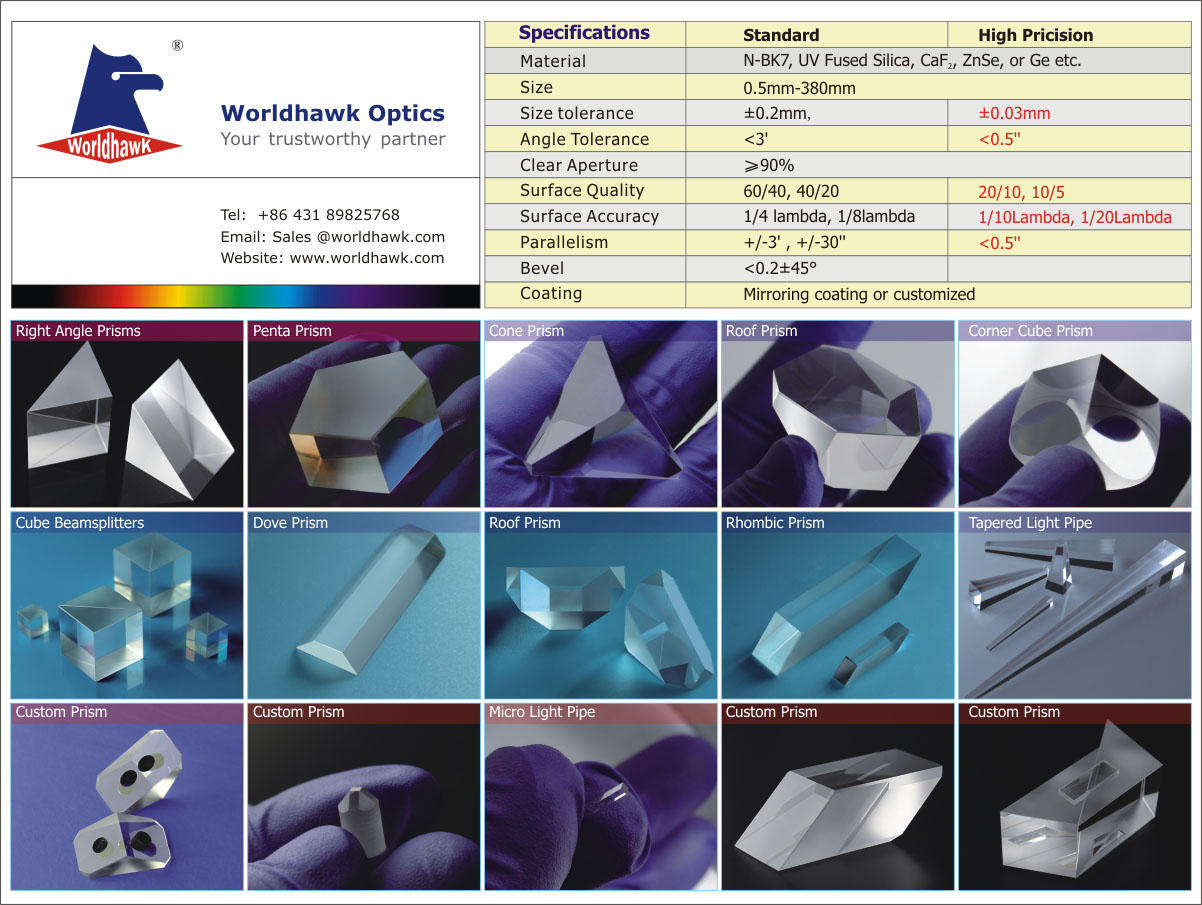(polyclonal antibody) immunoelectrophoresis experimental principle: Polyclonal antibody immunoelectrophoresis technology can be used not only for the identification of monoclonal antibodies in serum or urine samples, but also for other aspects, such as screening of immune complexes, identification and identification of various abnormal gamma globulinemia. Immunoelectrophoresis is also a reliable and accurate method for routine protein evaluation, which can observe changes in protein structure and concentration. (polyclonal antibody) immunoelectrophoresis assay reagent Horizontal electrophoresis system 2. Puncher 3. Dropper 4. Blade 5. Power supply 6. Water bath (55 ° C) 7. Beaker (400-600ml) 8. Loading gun (5-100μl) (polyclonal antibody) immunoelectrophoresis experimental equipment 1. Purified antibody; protein mixture; 1% agar. (polyclonal antibody) immunoelectrophoresis experimental procedure 1. Prepare the agarose gel The agar and the electrophoresis buffer solution were mixed and placed in a 90 ° C water bath to heat to dissolve, and 1% agar was prepared. The agar was spread on a horizontal glass plate before cooling. After cooling to room temperature, a hole punch having an inner diameter of 4 mm was used as shown. Punch and make grooves. 2. (polyclonal antibody) electrophoresis 4%-5% of the antigen diluted with the electrophoresis buffer solution was carefully placed into the wells with a dropper, the gel plate was placed in an electrophoresis tank, and the gel plate was connected to the buffer solution in the electrophoresis tank with a wet filter paper. Cover the electrophoresis tank cover, turn on the power, and move 6V/cm to the leading edge to move about 35mm for about 1 hour. Use the tracer dye to judge the moving distance. 3. (Polyclonal antibody) immunoelectrophoresis experiment spread Remove the rubber plate from the electrophoresis tank and place it in a horizontal position. Use a filter paper to dry the buffer solution in the groove of the rubber plate, and add an appropriate amount of antibody (0.2ml~0.25ml) to the groove. Note that the antibody cannot overflow the groove to avoid Contamination. Move the rubber sheet to a box containing sodium azide and a certain humidity, seal and spread in a water bath at 30 ° C for at least 10 hours, then move to 0.85% saline to stop diffusion and wash away unbound protein. . 4. Observe the sedimentation line formed between the antigen and the polyclonal antibody and record. (polyclonal antibody) immunoelectrophoresis experiment notes: 1. The success of immunoelectrophoretic analysis of polyclonal antibodies depends mainly on the quality of the antiserum. The antiserum must contain enough antibodies to form a precipitation reaction with all antigenic substances in the sample to be tested. 2. Although the antiserum contains the corresponding antibody to all antigenic substances, the polyclonal antibody titer is high or low, so the size of the antigen pore size and the distance of the antibody tank should be properly considered. 3. Immunoelectrophoresis of polyclonal antibodies requires that one of the substances analyzed is an antigen and the other is a precipitated reactive antibody. Therefore, no antigenic substance, a substance having poor antigenicity, or a non-precipitating reactive polyclonal antibody cannot be analyzed by immunoelectrophoresis of a polyclonal antibody. Product Family Description
BK7 Corner Cube Retroreflectors are available with the dihedral surfaces either uncoated or coated with silver. The silver coating provides a larger acceptance angle while the uncoated option, which relies on total internal reflection, provides optimum reflectivity. The input face is available uncoated or coated with an antireflection coating optimized for either visible wavelengths or near infrared wavelengths.
Corner Cube Prism,Cube Reflector Prism,Corner Cube Reflector,Corner Cube Reflector Prism ChangChun Worldhawk Optics Co.,Ltd , https://www.worldhawk-optics.com
Immunoelectrophoresis of polyclonal antibodies is also known as gamma globulin electrophoresis or immunoglobulin electrophoresis. This is an experimental method for determining the levels of three immunoglobulins IgM, IgG, and IgA in blood. In the immunoelectrophoresis technique of polyclonal antibody, the protein is separated by horizontal agarose gel electrophoresis using the molecular weight of the protein and the ratio of the charged charge, and then the specific polyclonal antibody is introduced parallel to the electrophoresis direction. In the groove, during the diffusion of the antigen and the polyclonal antibody, an appropriate ratio of antigen and antibody binding results in precipitation. The 0.85% salt can not only terminate the diffusion process but also wash away the unbound protein. The precipitation line formed by the combination of the antigen and the antibody can be observed by the naked eye or by the dyeing method.
2. Tris-barbital buffer solution: 2.24 g of barbituric acid, 4.43 g of Tris, 0.053 g of calcium lactate and 0.065 g of sodium azide dissolved in 100 ml of distilled water.
3. Electrophoresis buffer solution: Mix Tris-barbital buffer solution with distilled water in a ratio of 1:4.
Incident Light is Reflected Back to the Source
Down to 3 Arcsecond Beam Deviation
Useful for Surveying and Alignment
BK7 Corner Cube Retroreflectors are designed to reflect any ray or beam entering the prism face, regardless of the orientation of the prism, back onto itself. A mirror will do that only at the normal incidence. As a result, corner cube retroreflectors are useful where precision alignment is impossible or time-consuming.
These unmounted retroreflectors are trihedral prisms manufactured from a solid piece of BK7 glass. They have uncoated reflective faces and rely on total internal reflection (TIR); we also offer backside-coated Corner Cube retroreflectors which employ second surface specular reflections which minimize changes in polarization to <10° with minimal introduced ellipticity.

Immunoelectrophoresis procedure for polyclonal antibodies
Next Article
Traditional Chinese medicine inheritance